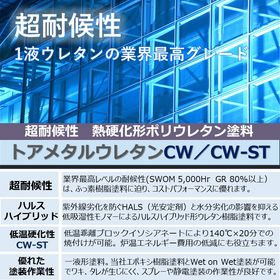In a conventional batch ball mill, it is necessary to stop the mill and open and close the lid when charging and discharging the raw materials.
A conventional ball mill requires the lid to be opened while it is stopped, the raw material to be added inside the mill, the lid to be closed, and then the mill to be rotated for a certain period of time. Once the grinding is complete, it is stopped again, the lid is opened, and the ground material is removed. This process is repeated (the amount that can be ground in one operation is called one batch). A fully automated ball mill is one where this entire series of operations is automated. By using a dual-axis system, it performs a swinging motion in addition to the usual rotational motion, which facilitates mixing inside the mill and leads to uniform and efficient grinding. If the preceding and following processes are also automated, it is possible to operate a fully automated plant.
Inquire About This Product
basic information
○ It can be widely used in ceramics and chemical plants. ● For other functions and details, please contact us.
Price range
Delivery Time
Applications/Examples of results
Chemicals, ceramics, glass, electronic components, semiconductors
Company information
In the field of ceramics such as pottery and tiles, we have been crushing and grinding raw materials like clay and minerals to refine them, increase purity, and produce high-quality products. To prevent impurities from mixing in the raw materials and glazes for sanitary ceramics, we quickly adopted alumina ceramic bricks and have used them as lining materials for jaw crusher teeth, roll crusher rolls, and ball mills. The manufacturing of fine ceramics, electronic components, and semiconductors now requires even finer grinding and higher purity. The ball mill is also referred to as a trommel or tromill. Ball mills are used in fields such as insulators like insulators, sensors, and honeycombs. A feature of Nakakou Seiki's ball mills is the method of power transmission from the motor to the main shaft, which uses rubber Loveflex and a V-belt instead of iron gears. This ensures smooth power transmission, reduces noise, and minimizes oil contamination. They are also used for grinding silica and quartz. Moving forward, various recycling grinding methods will be necessary to reduce fossil fuels in response to global environmental and global warming issues. To address battery materials and promote a resource-saving and energy-efficient society, Nakakou Seiki is challenging micron and nano grinding.









